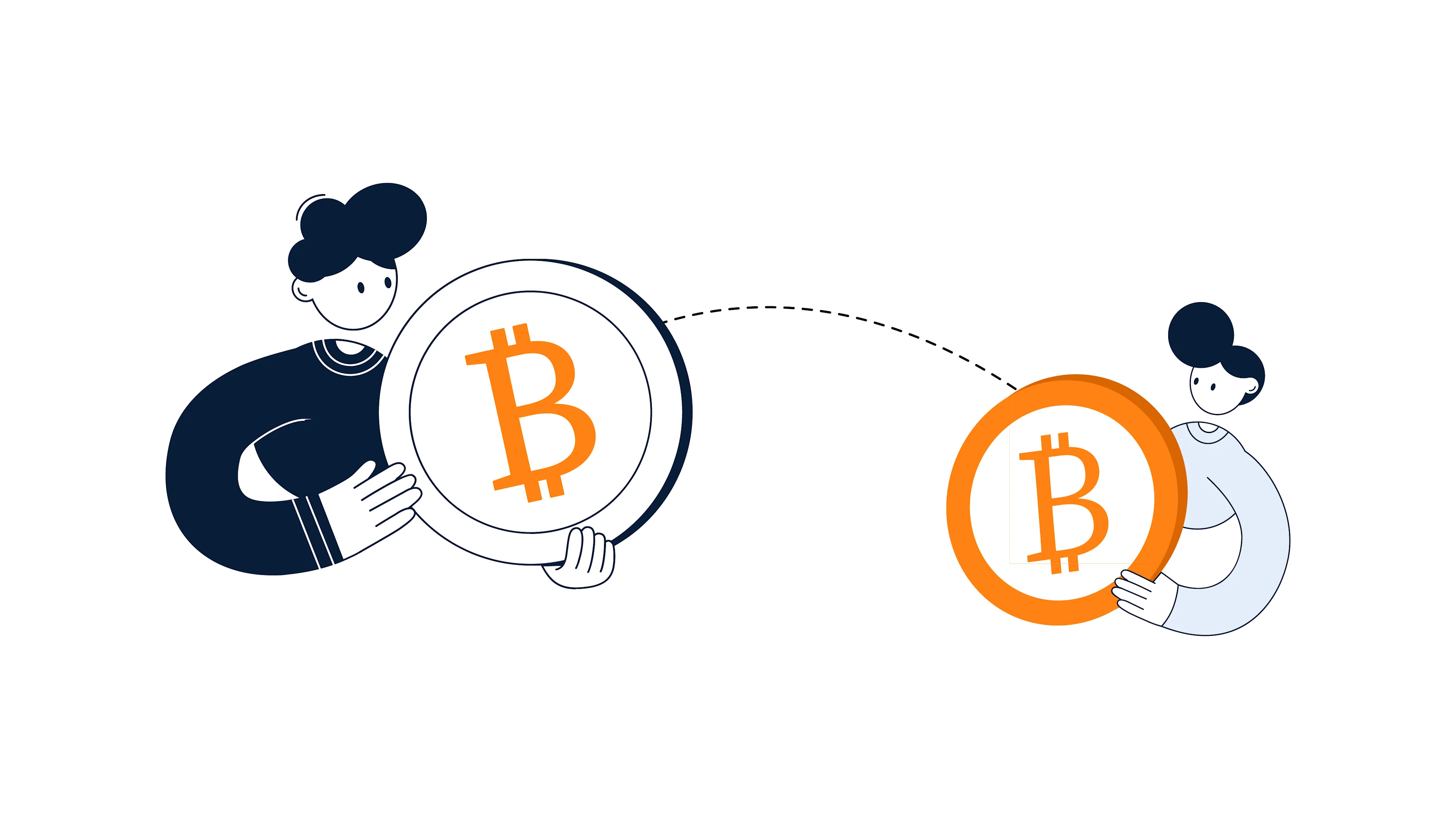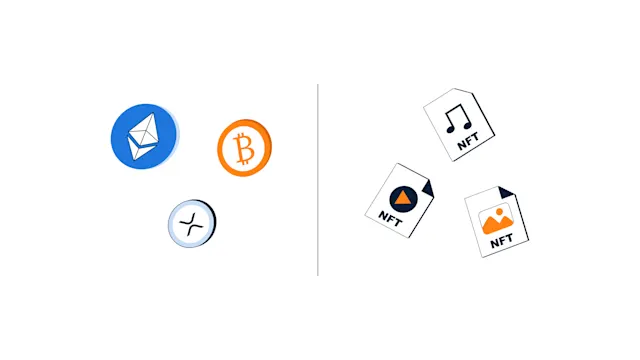
Crypto Lending (Part 2)
Crypto lending has been a valuable service to users in the DeFi space, although it is essential to understand its pros and cons.
Advantages and Disadvantages of Crypto lending
Crypto lending has been a valuable service to users in the DeFi space, although it is essential to understand its pros and cons.
Pros
Ease of access: Getting a crypto loan is less restrictive than receiving a loan from traditional financial institutions. Accessing a crypto loan is a much simpler procedure that requires the borrower to show that they have the collateral. Procedures such as credit checks are not needed, and even better with DeFi, there are no KYC requirements, making the service available to more people.
Smart contracts: Smart contracts act as the intermediary and automate the lending process. This makes the whole system more efficient and scalable.
Passive income: Crypto lending is a source of passive income that provides an additional form of investment, enabling investors to diversify their portfolios.
Interest rates: Crypto loan interest rates are market-driven by supply and demand forces. This enables users to choose platforms that usually offer loans with interest rates lower than those from traditional finance banks. Furthermore, the intermediary is replaced by a computer (smart contracts) which allows the lender to earn more (usually upwards of 10%) from their staked liquidity because they do not have to share it with a centralized entity that facilitates the process.
Choice of currency: With crypto lending, borrowers can choose to borrow stablecoins representing fiat currencies such as the USD or Euro or opt to borrow other cryptocurrencies offered by the selected platform.
Cons
Risk of liquidation: Crypto markets are pretty volatile; thus, the value of a user's collateral may reduce drastically within a short period of time, which would lead to higher chances of liquidation. This makes crypto loans highly risky even though they are over-collateralized.
New technology: Blockchain technology, and especially the use of smart contracts to create a DeFi ecosystem, is still a relatively new concept. This makes the technology highly susceptible to bug errors that can be exploited by malicious actors. Additionally, users are exposed to cyber-attacks given that the technology is new and many are still getting to understand it. This creates a higher chance of users losing their funds, and with little regulation within the space, there isn’t much the legal system can do to provide justice.
Investment and loan risk: as with any investment or loan taken, they come with the traditional risks an investor or borrower would face.
Not your keys, Not your Coins: When lending or providing collateral, the crypto is locked into a smart contract which effectively removes custody of the crypto from the user.
No regulation: The crypto space as a whole is still relatively new and faces low regulation. Thus, instruments such as insurance funds are not readily available like in traditional finance. Furthermore, with low regulation, legal remedies are limited.
Caution to investors
As mentioned above, there are pros and cons of buying into a crypto loan, and in consideration of the disadvantages, it is important that investors take the necessary general precautions before getting a crypto loan.
No custody of crypto: Not your keys, not your coins. As an investor, it is important to understand that once your crypto goes into the smart contract, either by lending into a staking pool or providing collateral for the loan, the crypto is no longer in your custody. Smart contracts can be the target of an attack or be a fraudulent scheme itself; thus, it is important to DYOR on a project before using it.
Volatile market: Crypto markets are quite volatile; therefore, investors should consider the high risk of liquidation if the collateral falls below the minimum threshold.
Loan terms: There are a variety of protocols offering crypto lending services, each with different conditions. Thus, it is important as investors to read through all the “terms and conditions”of each platform to understand how its lending process works.
TradFi vs. DeFi: it is essential to consider that crypto loans have shorter repayment periods, usually less than a year, than tradFi loans (mortgage loan, car loan). Furthermore, not all digital assets are eligible as collateral; thus, an investor must research which assets would qualify on a given platform.
Apart from these precautions mentioned above, it is also crucial that the investor looks at the general disadvantages of crypto lending to better understand the risk.



